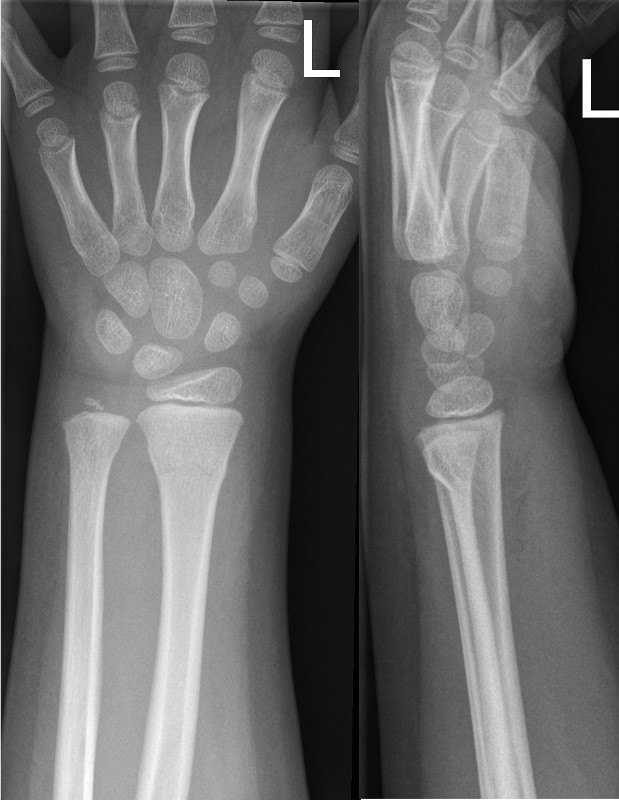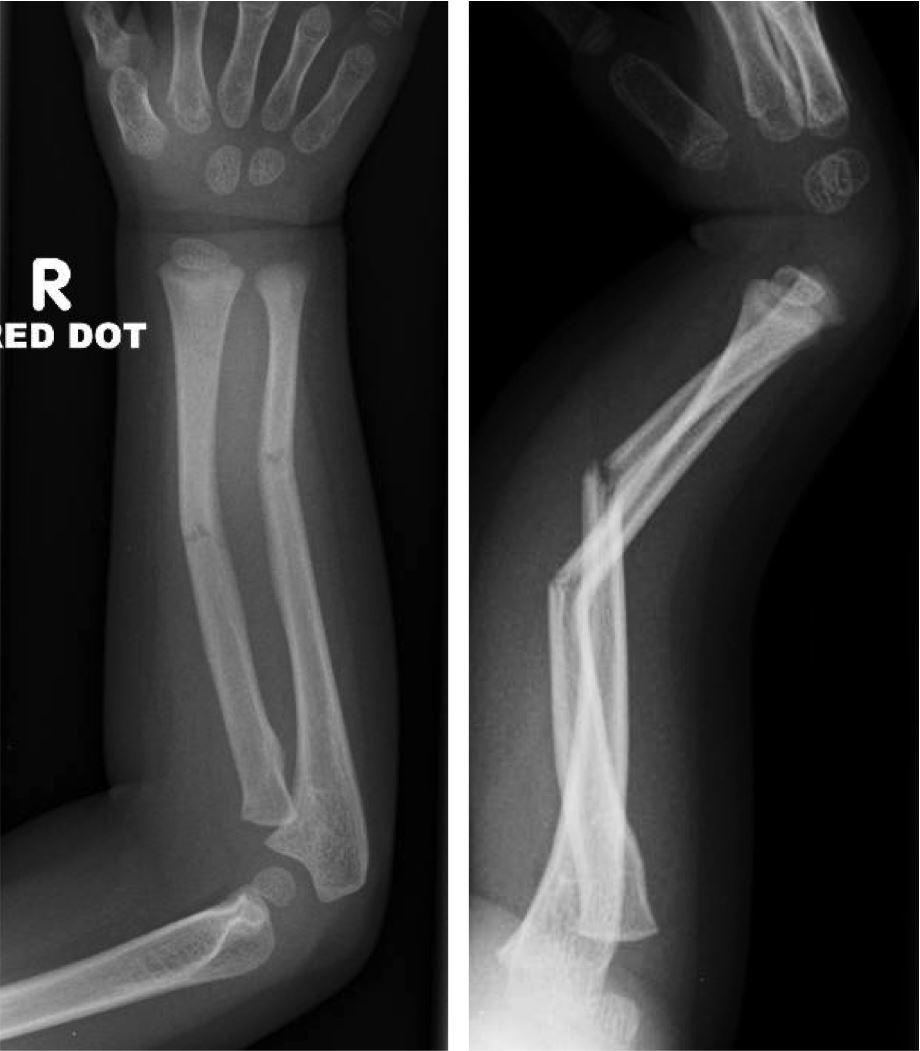


Open fractures due to trauma can be a medical emergency. Common fracture Fracture A fracture is a disruption of the cortex of any bone and periosteum and is commonly due to mechanical stress after an injury or accident.Bones: Structure and Types buckles or compresses.

Bones: Structure and Types secondary to a compression Compression Blunt Chest Trauma load, in which the bone Bone Bone is a compact type of hardened connective tissue composed of bone cells, membranes, an extracellular mineralized matrix, and central bone marrow. Overview of Bone Fractures that primarily affects growing metaphyseal bone Bone Bone is a compact type of hardened connective tissue composed of bone cells, membranes, an extracellular mineralized matrix, and central bone marrow. Overview of Bone Fractures is a fracture Fracture A fracture is a disruption of the cortex of any bone and periosteum and is commonly due to mechanical stress after an injury or accident. Ī buckle, or torus, fracture Fracture A fracture is a disruption of the cortex of any bone and periosteum and is commonly due to mechanical stress after an injury or accident. These fractures are called buckle or torus fractures and are considered generally stable, requiring only immobilization Immobilization Delirium. It contains connective tissue, capillaries, nerves, and a number of cell types. Bones: Structure and Types without disruption of the periosteum Periosteum Thin outer membrane that surrounds a bone. Bones: Structure and Types in children, compressive forces may result in buckling of the bone Bone Bone is a compact type of hardened connective tissue composed of bone cells, membranes, an extracellular mineralized matrix, and central bone marrow. When axial Axial Computed Tomography (CT) loads are applied, particularly to long bones Long bones Length greater than width. Overview of Bone Fractures patterns that differ significantly from those that are common in adults. These characteristics, combined with the unique mechanisms of injury seen in children, result in fracture Fracture A fracture is a disruption of the cortex of any bone and periosteum and is commonly due to mechanical stress after an injury or accident. The bones of growing children exhibit unique characteristics.
#Buckle fracture pro
Students: Educators’ Pro Tips for Tough Topics.Fundamentals of Nursing: Clinical Skills.


 0 kommentar(er)
0 kommentar(er)
